Tomb 7
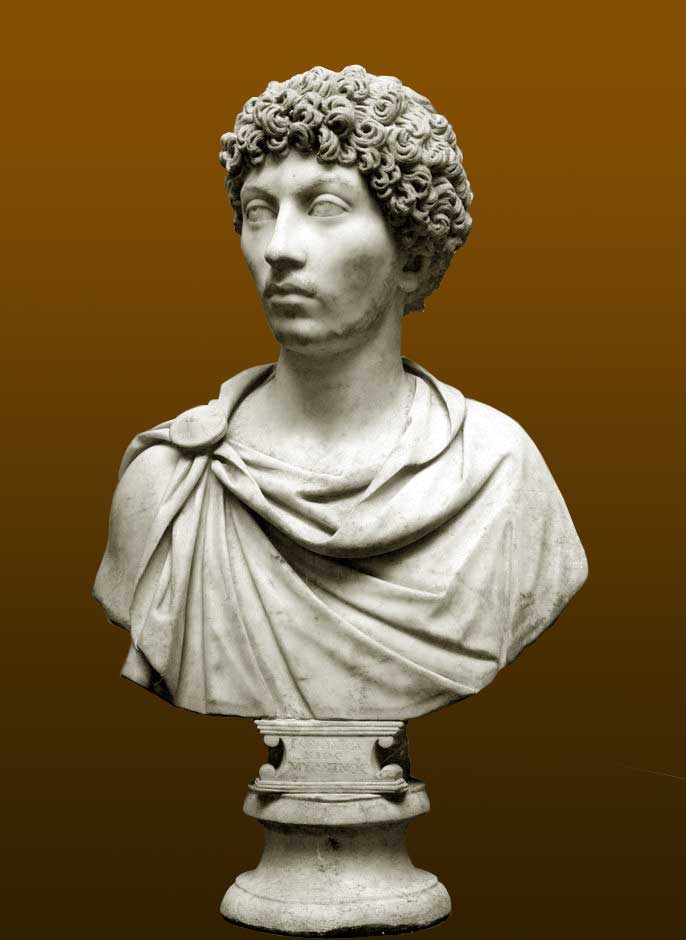
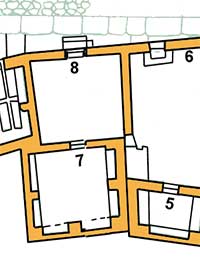 A small part of the facade of tomb 7 lies against the back wall of tomb 9, which was clearly built earlier. The bigger part coincides with the back wall of tomb 8, located in front of tomb 7. Tomb 7 can only be reached via tomb 8.
A small part of the facade of tomb 7 lies against the back wall of tomb 9, which was clearly built earlier. The bigger part coincides with the back wall of tomb 8, located in front of tomb 7. Tomb 7 can only be reached via tomb 8.
The tomb was only used for inhumation. The bodies were placed in the niches alongside the walls as well as under the floor.
Below the sand the bust of a certain C. Volcacius Myropnous, whose name is written in Greek on the base of the bust, has been found (now in the museum).
There are twelve formae each built for three bodies. In a later time the four formae in the southwest corner have been removed to make place for another two formae for one single body. These two formae were placed at a straight angle to the original formae. One of them was inside completely covered with marble plates. The other had only a marble lid.
Tomb 7 dates from the first half of the third century, the re-use dates probably from the end of the third or the beginning of the fourth century AD.
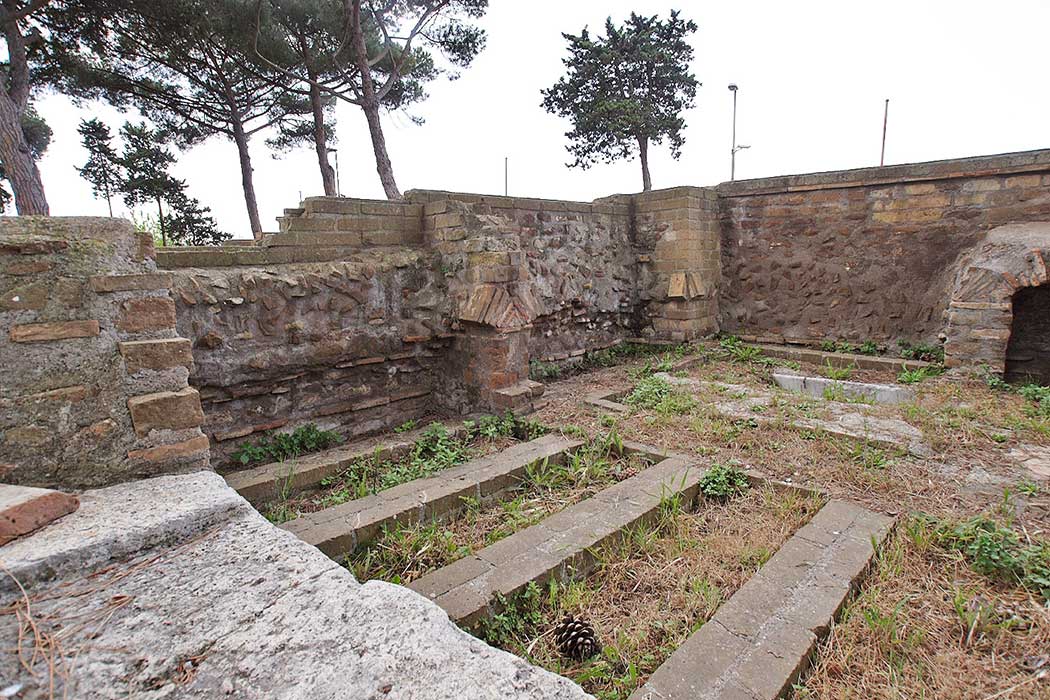
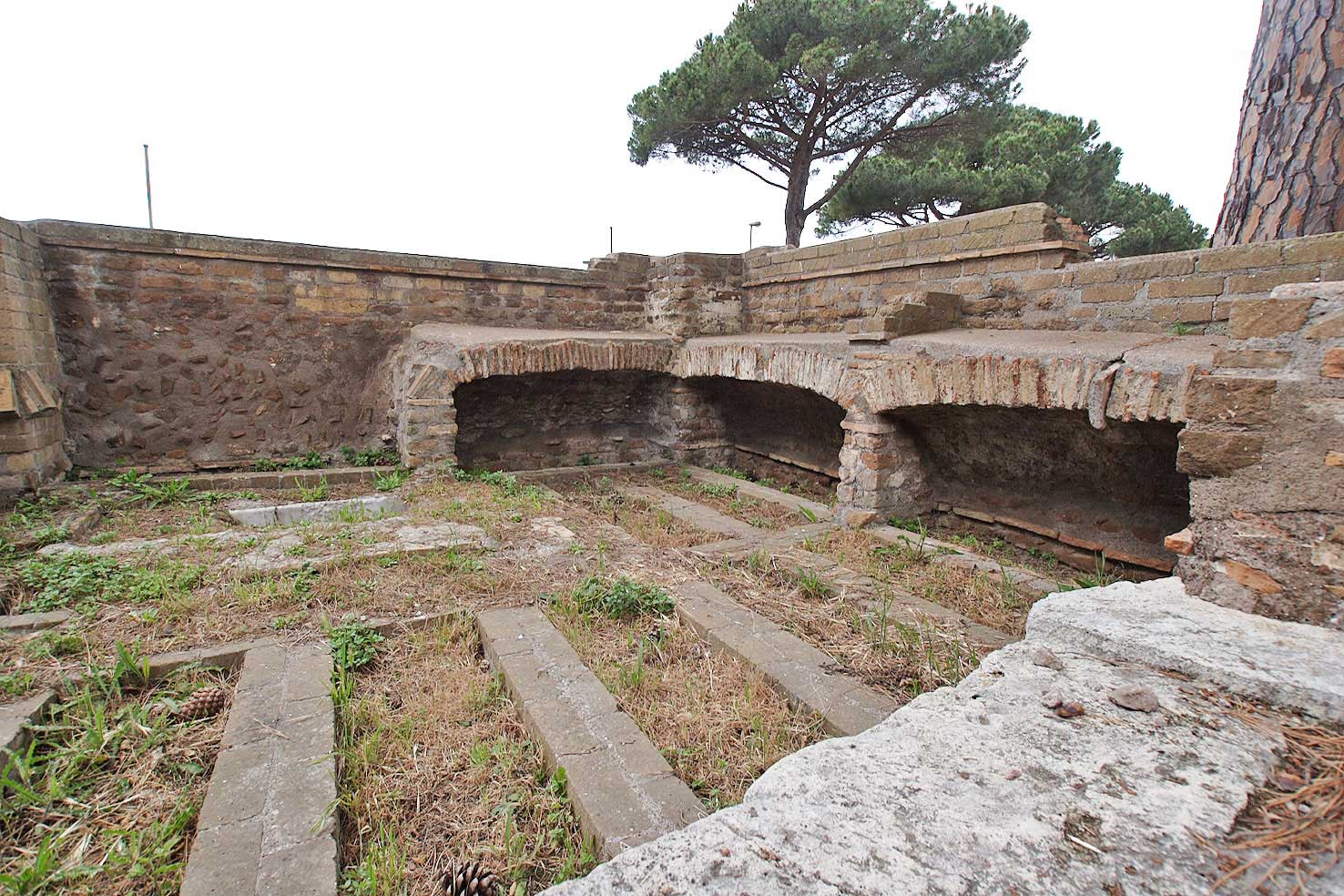
- Sources
- Russel Meigs - Roman Ostia, At the Clarendon Press 1973
- Guido Calza - Necropoli nell'Isola Sacra'(1940)
- Dr. Jan Theo Bakker.
- Hilding Thylander - Inscriptions du port d'Ostie (Lund C W K Gleerup 1952).
- Ida Baldassare, Irene Bragantini, Chiara Morselli and Franc Taglietti - Necropoli di Porto, Isola Sacra (Roma 1996).
Isola Sacra Index

Speciale sectie over de Romeinse begraafplaats van Portus (Engels)....
Read more ...The resurfaced fleet of Pisa

In 1998, an incredible archaeological heritage was discovered by accident near the Pisa San Rossore railway station....
Read more ...Leptiminus
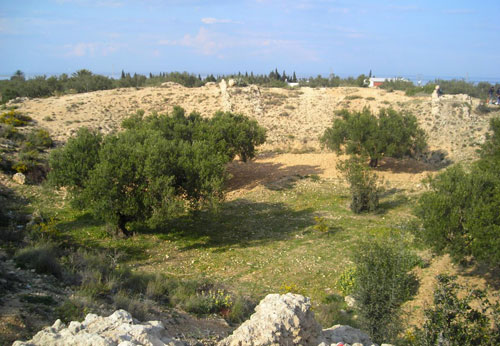
At the site of present-day Lamta on Tunisia's east coast, there was already a port city named Leptis Minor ....
Read more ...Roman maritime trade law

Roman law is the finest monument that Rome bequeathed to Western Europe....
Read more ...Sullecthum (Salakta)

In the Sahel, in the Tunisian province of Madhia, we find by the sea the small town of Salakta....
Read more ...
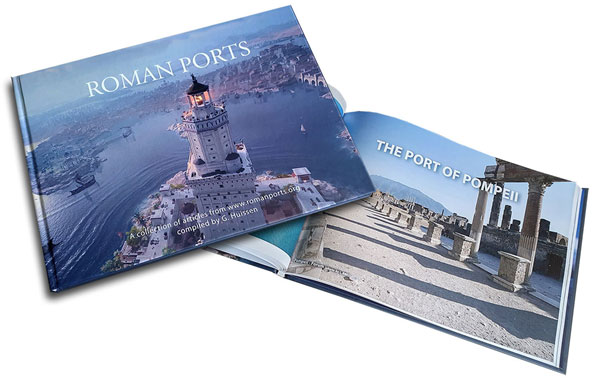
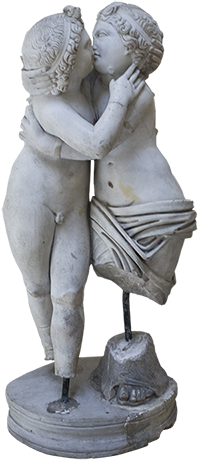 We are committed to providing versions of our articles and interviews in several languages, but our first language is English.
We are committed to providing versions of our articles and interviews in several languages, but our first language is English.